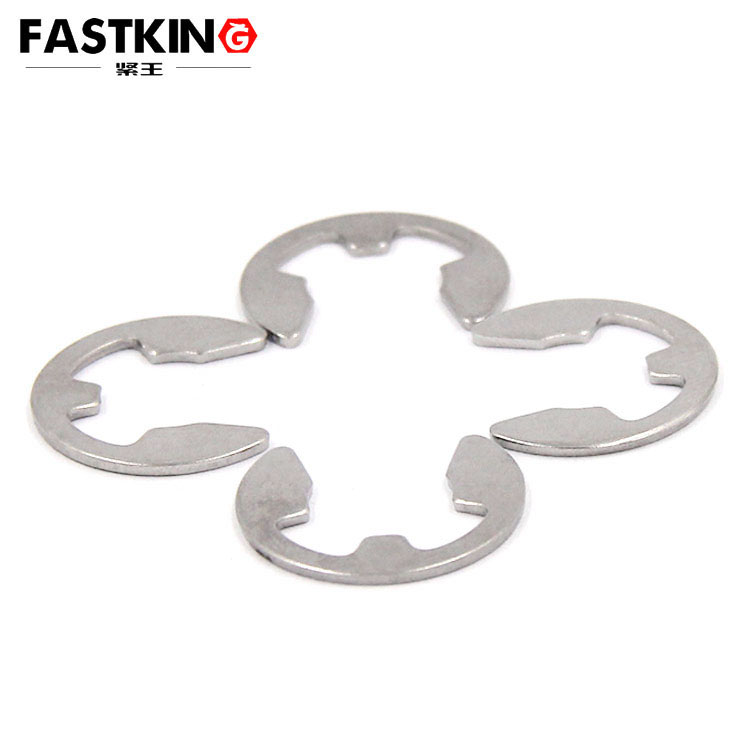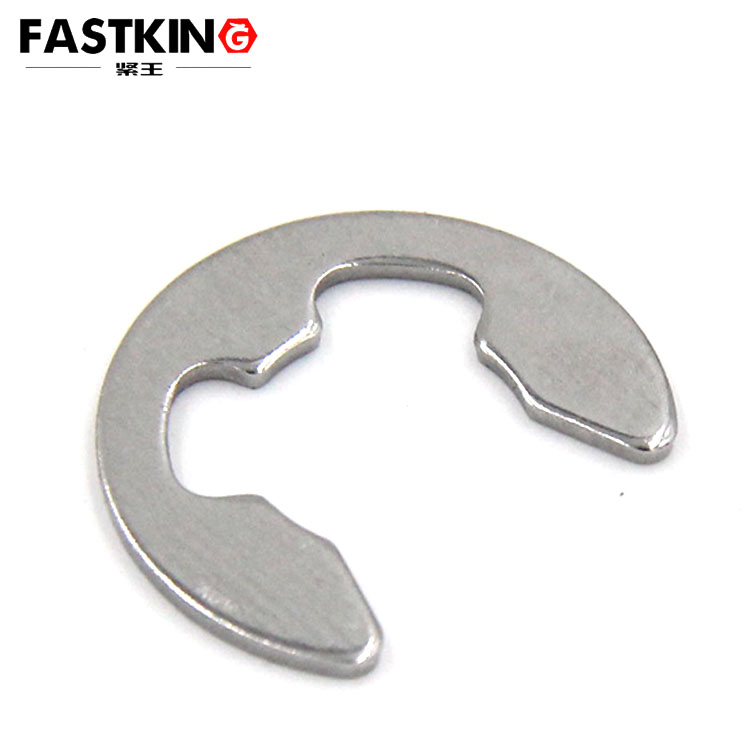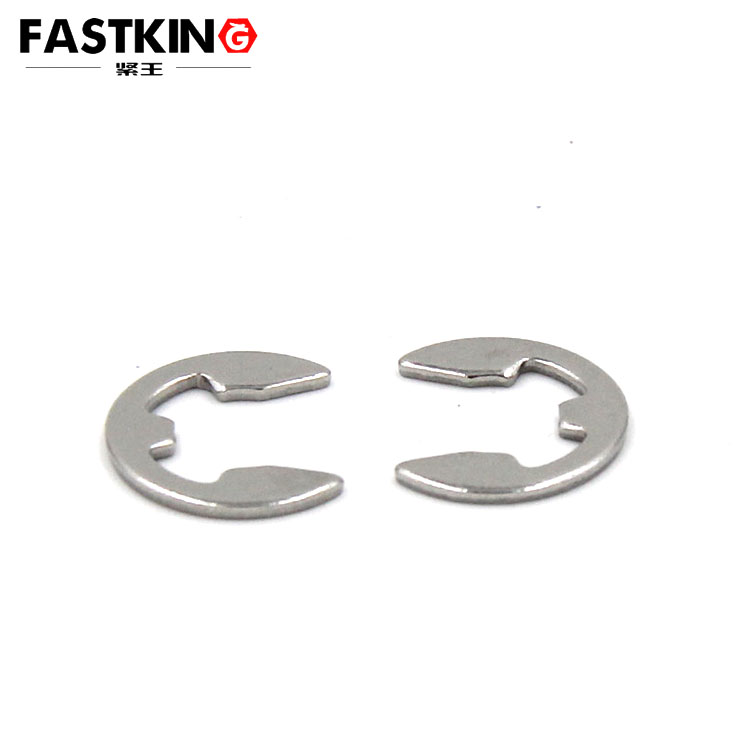The Use and Applications of Snap Rings
Introduction
Snap rings are common mechanical components widely used in machinery, automotive manufacturing, electronics, and more. Their unique open-ended design and elastic functionality make them a preferred choice for securing parts in various industries. This article provides a detailed overview of the use and applications of snap rings.

Structure of Snap Rings
Snap rings are typically made from spring steel or stainless steel and consist of the following main features:
1. Open-Ended Design: The snap ring has one or two open ends, which facilitate easy installation and removal.
2. Elastic Material: Made from elastic materials, snap rings can tightly secure components on shafts or within holes once installed.
3. Multiple Sizes: Available in various sizes to accommodate different shaft diameters or hole diameters, such as 1mm, 2mm, 3mm, 4mm, and 5mm.
How to Use Snap Rings
1. Selecting the Right Snap Ring
Before using a snap ring, choose one that matches the shaft or hole diameter. Common sizes include 1mm, 2mm, 3mm, 4mm, and 5mm.
2. Installing Snap Rings
On Shafts: Align the open end of the snap ring with the groove on the shaft. Use a snap ring pliers to expand the ring, then push it into the groove, ensuring it is fully seated.
In Holes: Align the open end of the snap ring with the groove in the hole. Use a snap ring pliers to expand the ring, then push it into the groove, ensuring it is fully seated.
3. Removing Snap Rings

From Shafts: Use snap ring pliers to expand the open end of the snap ring, then remove it from the groove on the shaft.
From Holes: Use snap ring pliers to expand the open end of the snap ring, then remove it from the groove in the hole.
Applications of Snap Rings
1. Mechanical Equipment
In machinery, snap rings are commonly used to secure bearings, gears, and shafts. Their elastic functionality and high strength allow for quick and reliable fastening of various mechanical components.
2. Automotive Manufacturing
In the automotive industry, snap rings are used to secure engine components, chassis parts, and interior components. Their high strength and corrosion resistance make them suitable for the demanding tasks in automotive manufacturing.
3. Electronics
In electronics, snap rings are used to secure circuit boards, casings, and internal components. Their compact size and precise fastening capabilities make them ideal for handling delicate electronic components.
4. Appliance Manufacturing
In appliance manufacturing, snap rings are used to secure the casings and internal structures of washing machines, refrigerators, and air conditioners. Their elastic functionality and high strength allow for quick and reliable fastening of various appliance components.
5. Bicycle Manufacturing

In bicycle manufacturing, snap rings are used to secure brakes, gear shifters, and pedals. Their portability and versatility make them an essential component in bicycle assembly.
Precautions for Using Snap Rings
1. Select the Right Size: Choose a snap ring that matches the shaft or hole diameter to avoid looseness or excessive tightness.
2. Avoid Over-Tightening: When installing or removing snap rings, avoid excessive force to prevent damage to the ring or the shaft/hole.
3. Regular Inspection: Periodically check the fastening effect of the snap rings and replace any loose or damaged ones to ensure the safety and stability of the structure.
4. Storage Conditions: Store snap rings in a dry, corrosion-free environment to prevent rust and damage.

Conclusion
Snap rings are simple yet highly effective mechanical fasteners, widely used in automotive, mechanical, electronic, appliance, and bicycle manufacturing. Their unique open-ended design and elastic material allow for quick installation and reliable axial fixation. Proper selection, installation, and maintenance of snap rings can significantly enhance the stability and reliability of machinery, extending the lifespan of equipment. This article aims to provide readers with a comprehensive understanding of snap rings and how to use them effectively.
